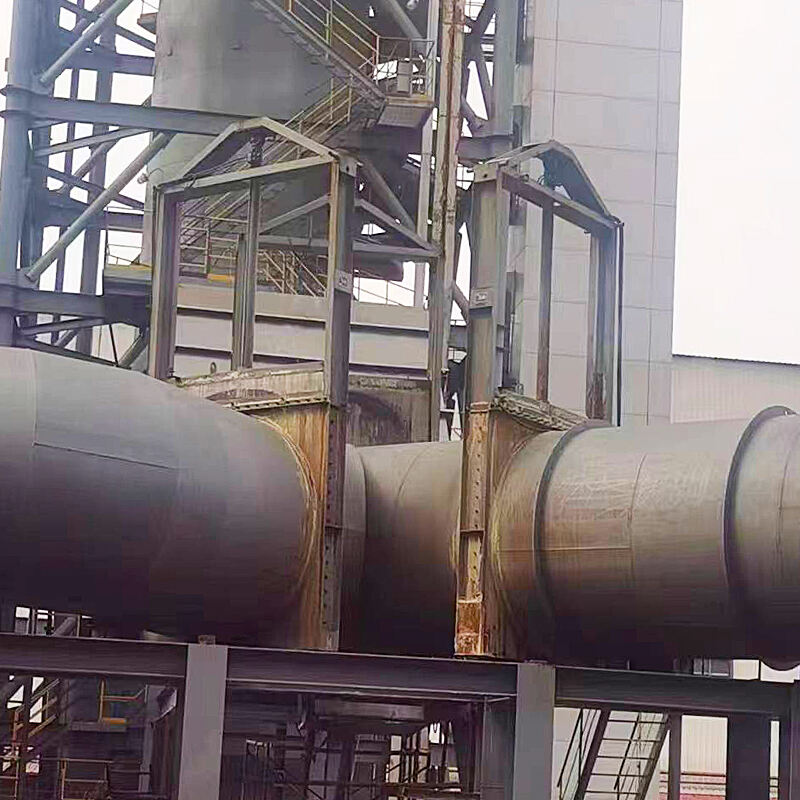Improved Corrosion Resistance
Desulphurization plays a key role in improving the corrosion resistance of steel, which is another significant benefit for customers. Sulphur can make steel more susceptible to corrosion, particularly in harsh environments. By removing sulphur, desulphurization process creates a more uniform and protective oxide layer on the steel's surface, safeguarding it against corrosive elements. This is especially important for steel used in construction, offshore structures, and automotive industries, where exposure to aggressive environments can compromise structural integrity and lifespan. Investing in desulphurization, therefore, leads to steel products that are more resilient and maintain their integrity over time.

